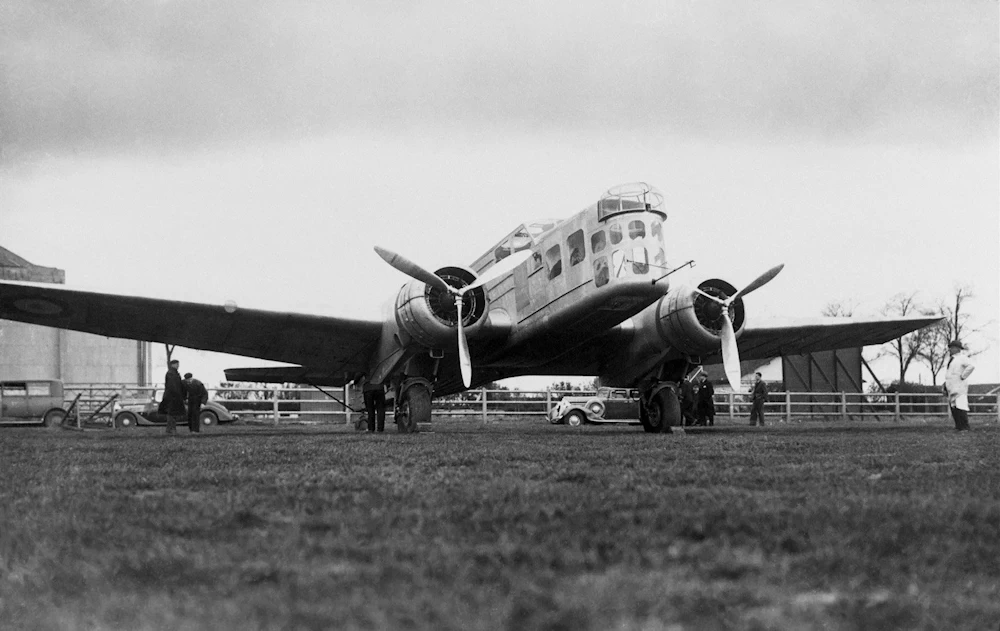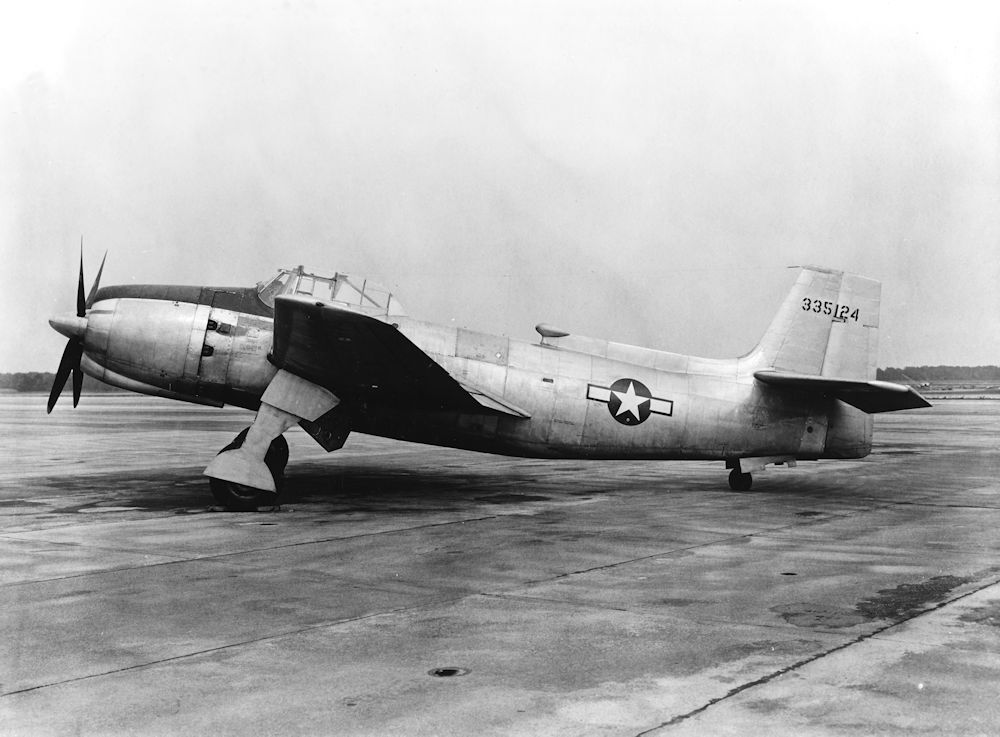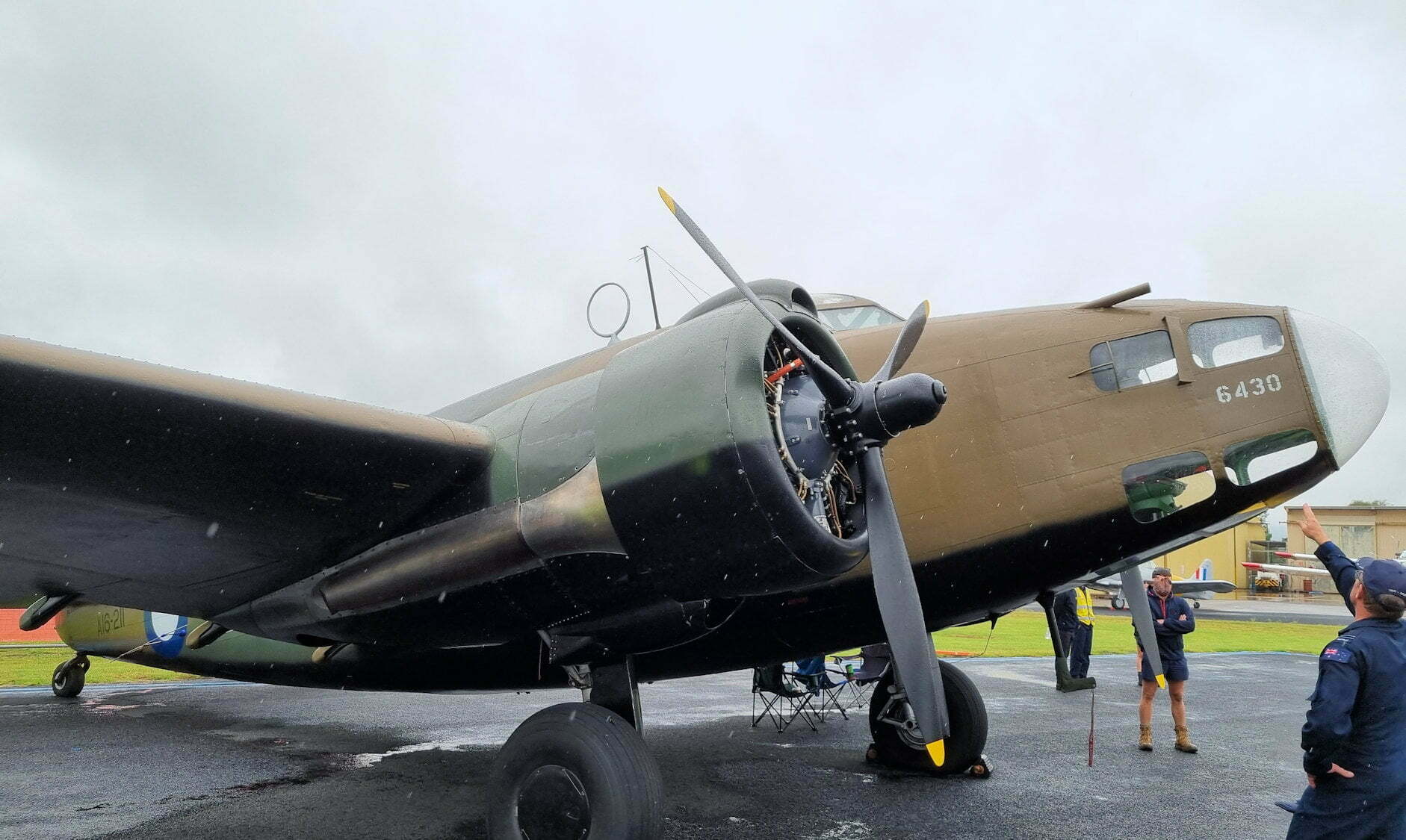Tag: bomber
-
Bloch MB.130 Reconnaissance Aircraft

Bloch MB.130 Reconnaissance Aircraft The Bloch MB.130 was designed in response to a French Air Staff requirement for a fast multi-seat BCR (bomber, combat, reconnaissance) aircraft. First flying on 8 June 1934 at Villacoublay It was designated the MB.130 A. It was powered by two 760hp Gnome-Rhône 14 Kdrs engines and fitted with a fixed,… Read more
-
Vultee XA-41 Dive Bomber

Vultee XA-41 Originally designed as a dive-bomber, the role of the Vultee XA-41 was changed to a low level attack aircraft when the USAAF decided that dive bombers were too vulnerable. Changing priorities and the coming end of the Second World War saw the order for two prototypes changed to just one. The only prototype… Read more
-
Lockheed Hudson

Newcastle Williamtown Air Show November 2023 Lockheed Hudson Mk.IV A16-105 at Canberra Airport Lockheed Hudson Mk.IV A16-105 was built in 1938. It arrived in Australia in early December 1941 and was used to train RAAF aircrews. Between December 1942 and January 1943 it saw operational service in Papua and New Guinea, carrying out supply flights… Read more